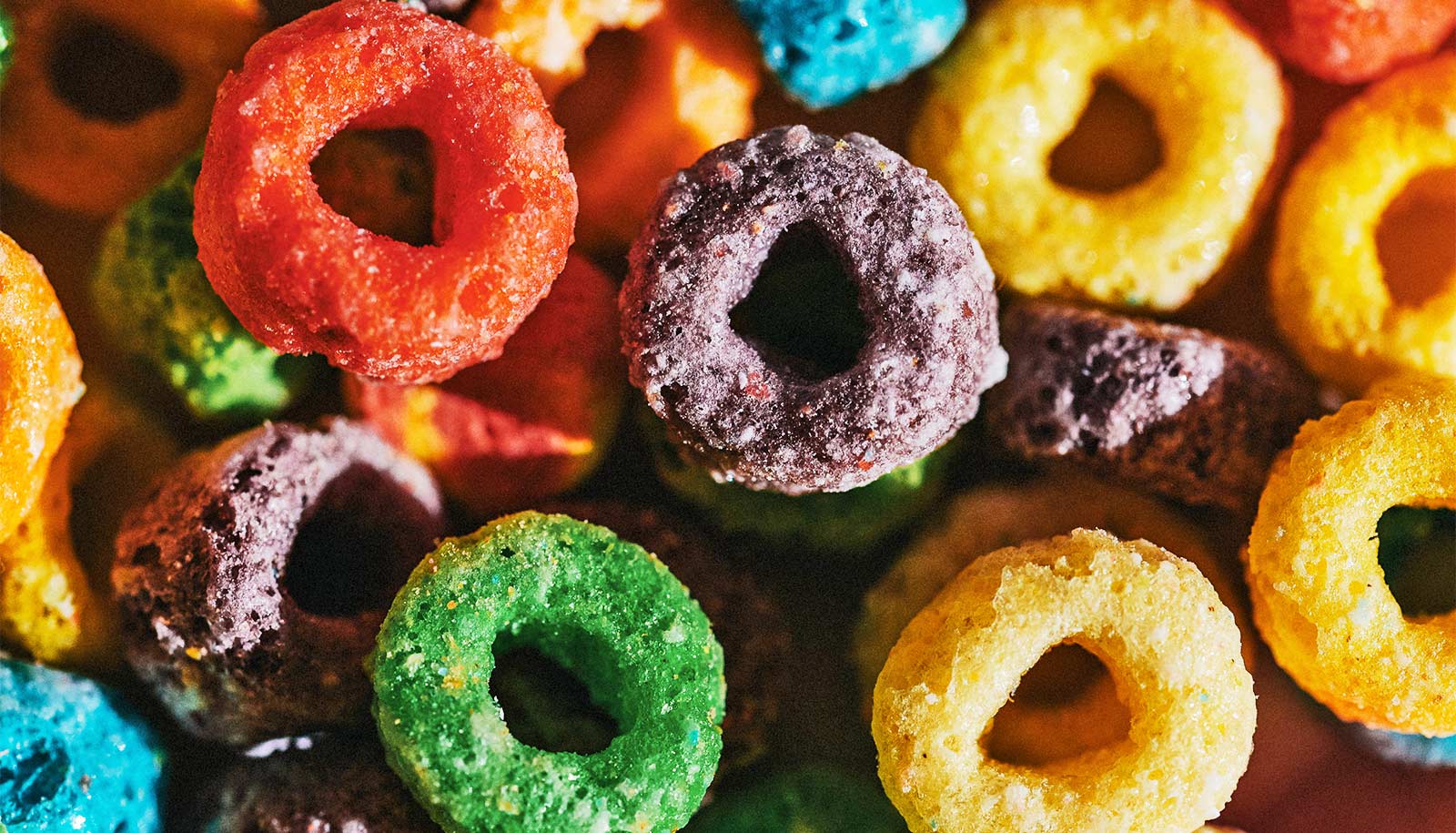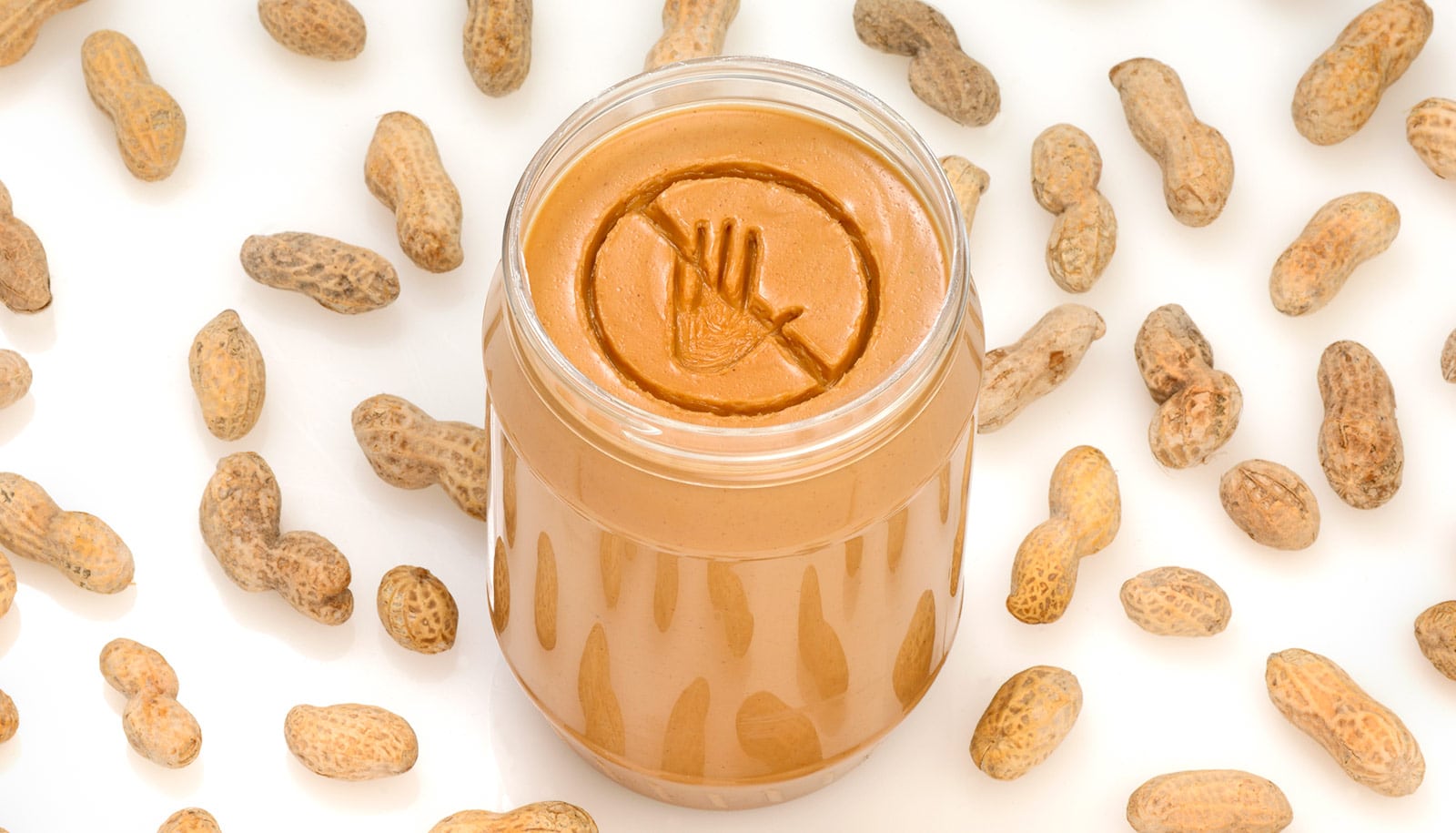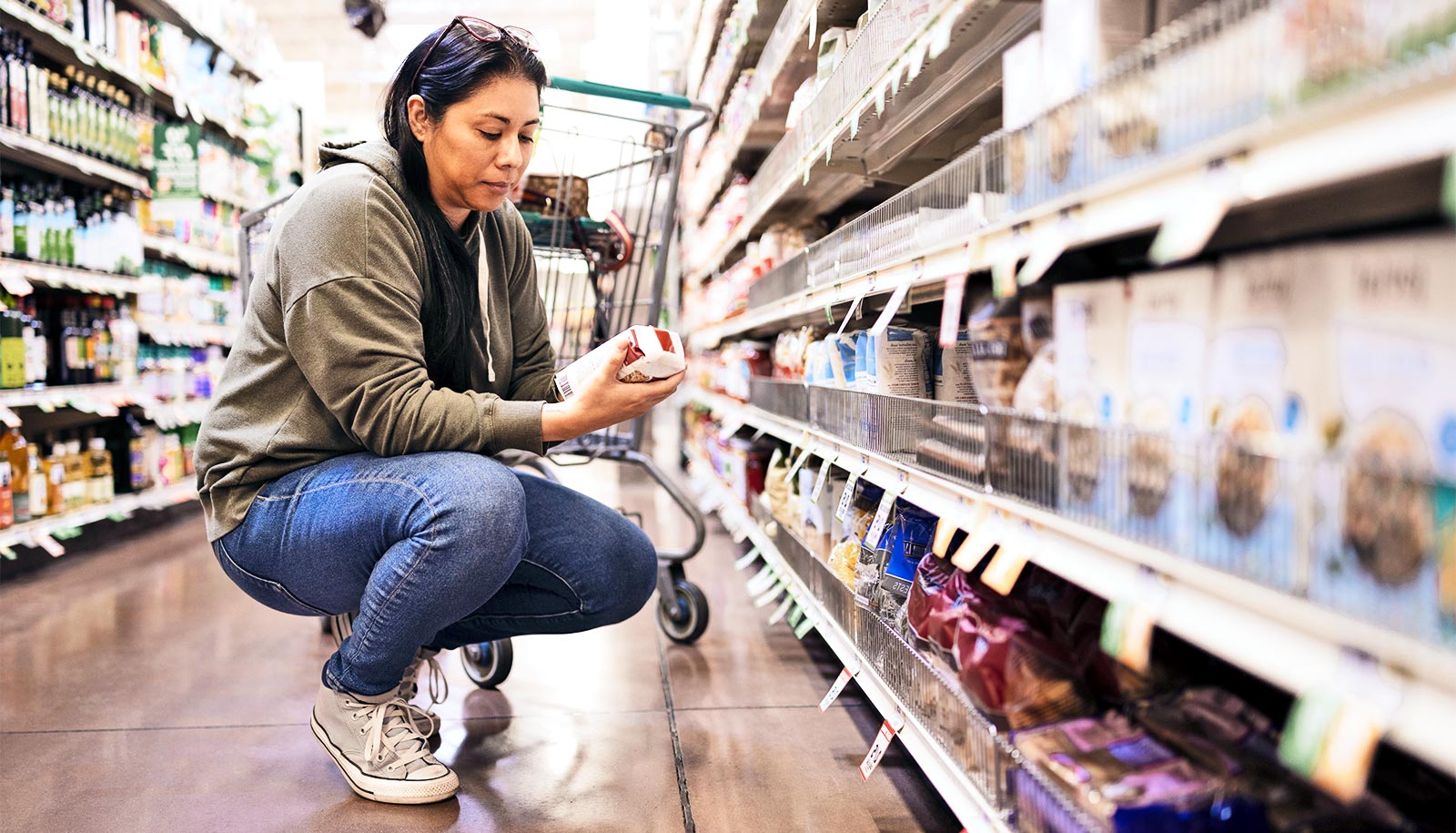A new device can produce enough food to make one salad per week for an entire year—and do it inside an apartment.
“The pumps are always going,” says Dominique Schaefer Pipps, who worked on the “produce cultivation machine” with a team of senior mechanical engineers at Rice University’s Oshman Engineering Design Kitchen. “The water never stops moving, keeping the plants alive.”
Sprouting from tiers of PVC pipes are lettuce, garlic, and other vegetables, grown hydroponically—that is, without soil—and kept fresh by a pump circulating 55 gallons of water.
“The emphasis of the project is on using as few resources as possible, using little energy, and wasting nothing,” says Sanjiv Gopalkrishnan.
A “zero-resource house” at Chalmers University of Technology in Gothenburg, Sweden commissioned the project. The original prototype came together last November after two months of brainstorming. It’s a much bulkier, space-consuming model and went outdoors where it is overgrown with sprawling tomato plants, broccoli, and Swiss chard.
“We wanted to minimize power consumption and environmental impact, but maximize nutritional content and yield,” says George Dawson. “The machine should coexist with humans in a rather small living environment. Noises, lights, and smells shouldn’t interfere with the sleep cycle or life in general, and basic maintenance should be kept simple.”
The device uses about 900 watts—or as much power as a microwave or medium window air conditioner—and runs off one outlet even after replacing fluorescent lights with LED growing lights to improve the health of plants farther away from the fixtures.
Scientists grow sweet potatoes in Martian greenhouse
The new prototype stands eight feet tall. The biggest change is it now uses square rather than round plastic pipes, which have a larger internal surface area and move more water. Pegs and friction hold the frame together without glue or nails. The entire device weighs around 70 pounds.
“That makes transporting it easy. We have to get it to Sweden. This is like Ikea for toddlers, with really big parts,” says Jared Broadman.
The team will install sensors to automatically monitor pH levels, nutrients, temperature, and other factors before the device’s installation in Sweden. The current setup uses one reservoir but the students expect a multiple-reservoir system, each with varying levels of nutrients, could permit fine-tuning the nutrient requirements of various plants.
They demonstrated their work at the George R. Brown School of Engineering Design Showcase.
Source: Rice University



